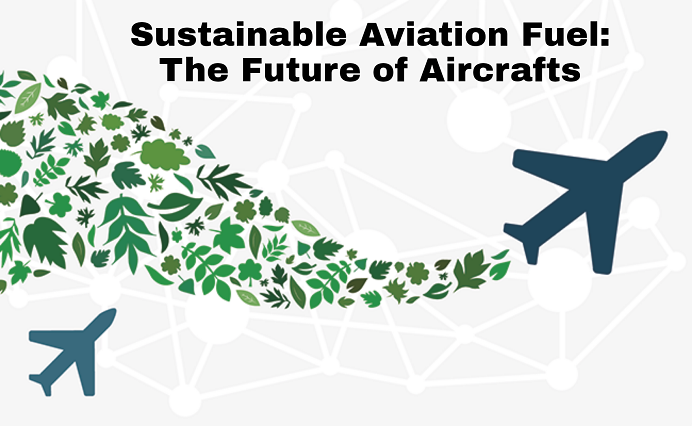Aviation has always been a driving force for advancement. As we all get back on our feet and prepare to fly again, the aviation industry will undoubtedly resume its role in spreading horizons and providing chances to live, learn, and work for people all over the world.
Our continued expansion will allow even more people, communities, and businesses to benefit from the advantages of aviation. However, we must strive for responsible growth, which requires immediate action to reduce emissions as well as a long-term strategy for sustainability.
“Everything, even if it’s more into the future, needs to start today and we need to do it swiftly” – Maarten van Dijk

Source: https://safplusconsortium.com/
Aviation is widely acknowledged as a difficult-to-reduce-emissions industry. There is no single solution or player that can provide the necessary decarbonization for the industry. For a sustainable tomorrow, all parties who benefit from flying must band together and use all possible steps to reduce emissions now.
Fuel is the most expensive component of the aviation industry, and while SAF is still in its infancy and is only now being tested in real-world scenarios, its acceptance will allow the airline sector to transition away from the petroleum-based sources on which the world has hitherto relied. It is vital that the aviation industry supports the net-zero transition as air travel grows.
Sustainable Aviation Fuel (SAF), which is manufactured from biogenic feedstocks including waste cooking oil, agricultural residues, and municipal trash, will be crucial. Sustainable aviation fuel (SAF) is becoming more popular, but what precisely is it?
The fuel is made from renewable resources and has a chemical that’s extremely comparable to typical fossil jet fuel. When compared to the standard jet fuel, SAF reduces carbon emissions over the lifecycle of the fuel.
What is the Significance of SAF?
Many SAFs have fewer aromatic components, allowing for cleaner combustion in aircraft engines. This implies fewer hazardous substances are emitted locally surrounding airports during take-off and landing. Aromatic components can also lead to contrails, which can worsen climate change’s effects.
There are currently no other feasible options for carrying large groups of people swiftly over great distances, therefore aviation is reliant on this type of fuel.
In comparison to fossil-fuel-derived kerosene, sustainable aviation fuel (SAF) can result in an 80 percent reduction in CO2 emissions, as well as much lower particles and sulphur. Most SAFs are certified for a kerosene blend of up to 50% under current norms.
What is the Process of Creating SAF?
Both Airbus and Boeing, the world’s two largest commercial aircraft manufacturers, have teamed with fuel firms to develop SAF. Airbus has teamed up with Air bp and Total, while Boeing has teamed up with SkyNRG.
After the renewable fuel is produced, it is mixed with kerosene to create a mixture of SAF and traditional fuel.
This fuel blend can be used in the same way as regular jet fuel, with no modifications to the planes. This saves a lot of money on infrastructure.
Working Towards a Greener Future with Sustainable Aviation Fuel!
Climate change is a top priority for governments around the world, and embracing cleaner fuels by airports and the aviation industry as a whole is a key step toward a greener, more environmentally conscious future.
Sustainable aviation fuels provide promise for the future of aviation. The goal must be to incentivize airlines to employ SAF, resulting in increased aviation demand in the medium term.
As more airlines use SAF, the market cost is expected to fall, making it more economically viable. Some airlines allow consumers to pay an additional fee to cover the cost of using SAF.


